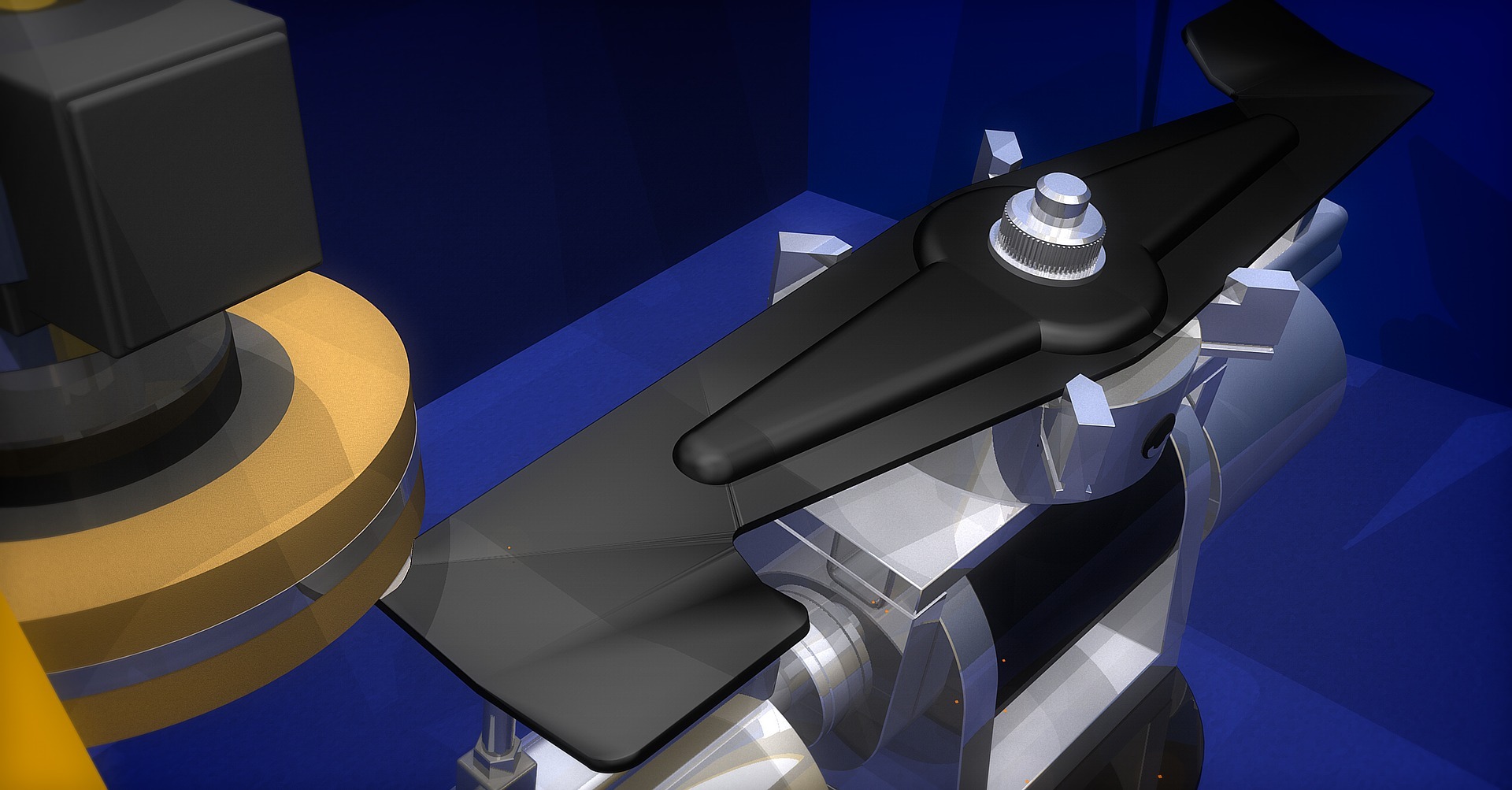Despite the fact that as a BIM Company we often talk about the construction industry being slow to adopt digital ways of working, the building industry is actually primed for automation. Already we are seeing more automatic manufacturing of building parts with the increase in the number of prefabricated buildings being made as well as automated production lines becoming par for the course.
With the advent of the fourth industrial revolution as well, we are likely to see even more automation in the future, such as 3D printed buildings becoming more of the norm, automated bricklaying and even excavation. The advancement of AI and Machine Learning also means that machines can now analyse the task in hand, develop an algorithm to optimise the task based on a set of parameters, and create a machine which can execute this algorithm. All of which means that the manufacture of the stuff we need to build buildings can now be completed in record time.
What does the future hold for automation and the built environment though? What if we could use automation to help us with the way we think about buildings, rather than just the way we actually build, through the use of computational BIM and Generative Design?
Computational BIM
As you are probably aware the use of BIM has become the norm now across the building and construction industry. This has benefits for the automation of tasks, as automation is based on leveraging information and BIM is all about centralising all of the information on a building project. Therefore, BIM is perfect for automating a lot of the tedious and notational tasks that come along with many building projects, such as adding pipe sleeves at floor penetrations and extracting bottom of pipe data to populate coordination drawings.
4D BIM can be used to visualise and analyse MEP for scheduling purposes while 5D BIM can be used to help with cost and budget calculations which helps with making estimates more accurate as well. By making use of all of the available technology then, those in the building and construction industry will be able to bring all of the phases of construction together – from design and manufacturing through to engineering and installation. This will lead to a fully integrated digital network which will reduce costs, increase efficiency and allow the industry as a whole to more rapidly adapt to changes in the market.
Generative Design
Generative design is a way of designing that mimics the natural world with the generative design programme drawing on a set of input parameters and prioritised design goals in order to rapidly iterate all possible design problem permutations. The solution that best achieves the initial design goal is then re-iterated as the programme learns what works and what doesn’t and can, therefore, self-eliminate any solutions that do not achieve the set goal. This means that the machine selects positive attributes continuously until the optimum design solution is reached.
Generative design has many benefits for a wide range of projects, such as commercial buildings, healthcare buildings, industrial projects, multifamily residential buildings, mixed-use buildings, and student housing. It can take into account many different parameters such as building use, cost, constructability, structural systems and time to name just a few. It is also scalable and so can tackle projects from small (panelised cladding) to large (interior fit-outs). Its uses are endless.
So, the future for automation in the building industry is bright. As artificial intelligence, data collection, and technology as a whole continues to grow and develop then more and more of our ideas and building tasks can be automated which will have a positive impact on the way we solve building problems.

